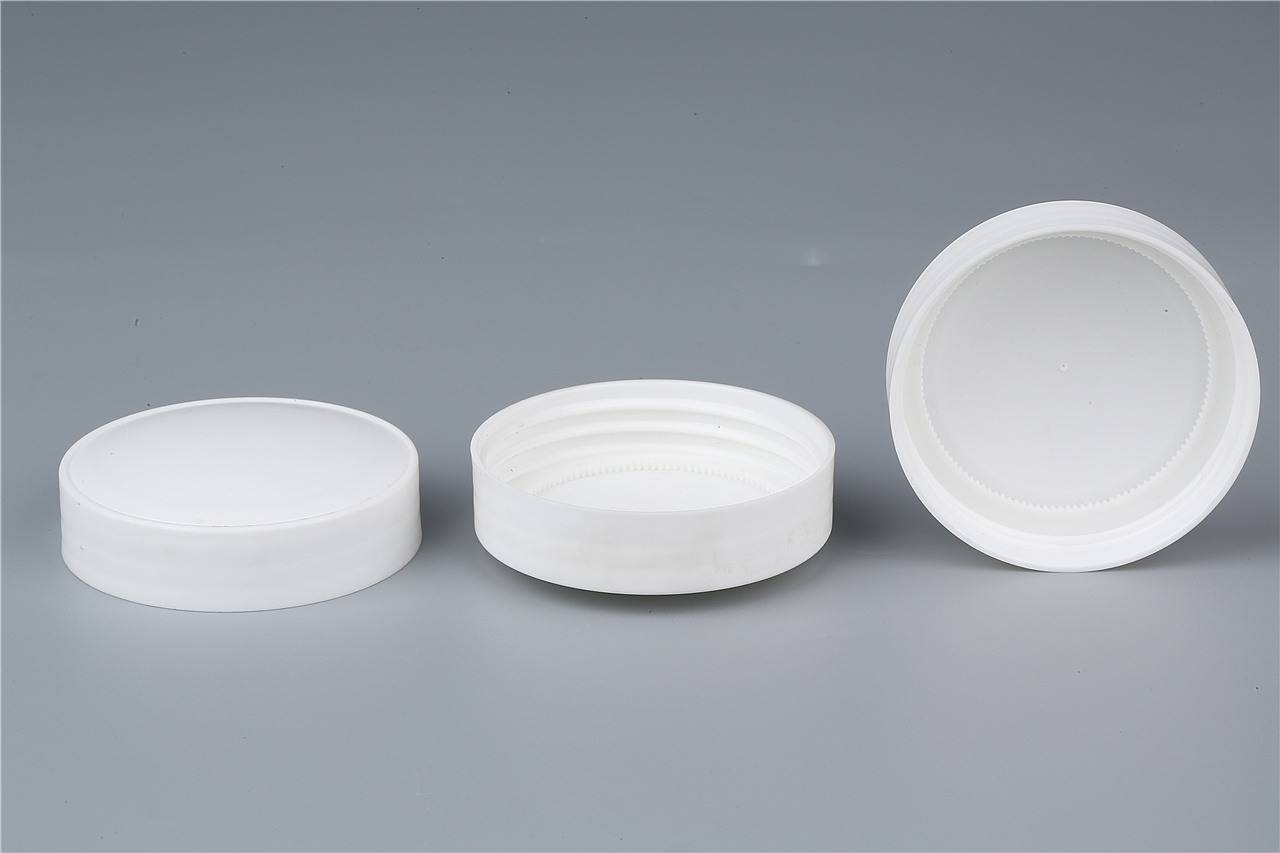Compression molding is a primary process for manufacturing plastic bottle caps. However, not all corks are equal and several factors can affect their size. Let’s look at some of the key factors that determine bottle cap size.
1. Cooling time
In the compression molding process, the cooling time is mainly adjusted by the rotation speed of the equipment (i.e. production speed). The slower the production speed and the longer the cooling time, the lower the resulting bottle cap temperature. After thermal expansion and contraction, the size of the bottle cap will be relatively larger.
2. Raw material temperature
As the temperature of the raw material increases, during the same cooling time, the temperature of the resulting bottle cap is higher. After thermal expansion and contraction, the size of the bottle cap is relatively smaller.
3. Mold temperature
The higher the mold temperature setting, the worse the cooling effect of the bottle cap in the mold during the same cooling time, the higher the resulting bottle cap temperature and the larger the size of the bottle cap after thermal expansion and contraction is small.
4. Bottle cap weight
A large amount of test data shows that as the weight of the bottle cap increases, the temperature of the resulting bottle cap will increase, thereby reducing the size of the bottle cap. But according to theoretical analysis, increasing the weight of the bottle cap will result in a larger cork. Therefore, the effect of weight on height depends on the magnitude of the increase in weight and the magnitude of the temperature change, because the two cancel each other out.
In addition to the equipment process parameters analyzed above affecting the bottle cap size, there are other factors that also affect the bottle cap size, such as color masterbatch, additives ( such as nucleation agent), raw material characteristics, mold material. (thermal conductivity) wait. In actual production, the color masterbatch has a greater impact on the size of the bottle cap. Compared with non-colored lids, under the same production process, the size of orange and other color lids will be smaller, while the size of gold, green and other color lids will be larger. The nucleating agent is mainly used to control the crystallization of the bottle cap during cooling. Nucleating agents will accelerate crystallization, increase density, reduce volume and size.
The application of plastic anti-theft bottle caps in beverages has become increasingly widespread. Therefore, the market potential for R&D and manufacturing of equipment and molds for bottle cap production is huge. In order to manufacture cap making equipment and molds with high precision, high output and long service life, it is essential to carry out fundamental research on the structure and technology of bottle caps.
Post time: Oct-24-2023
